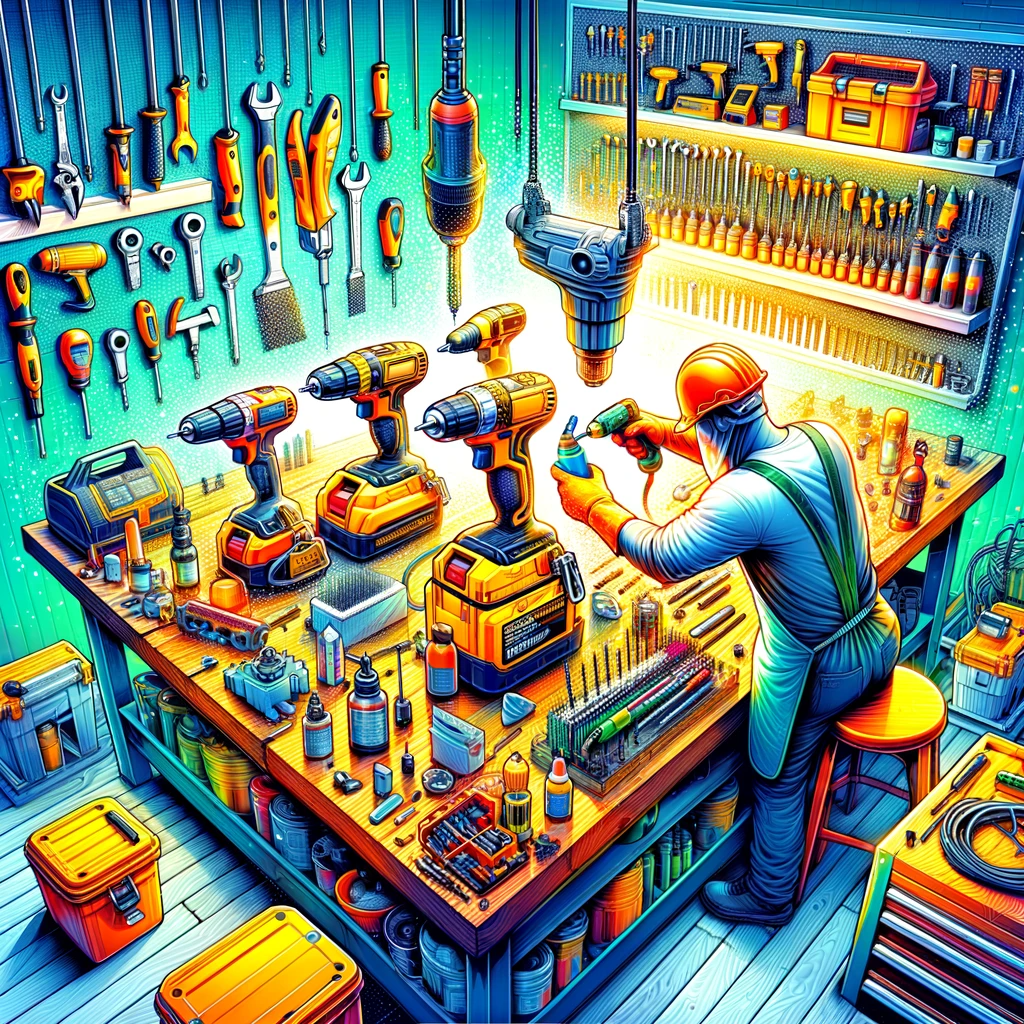Good maintenance is crucial to safety and efficiency. It helps prevent accidents and extends the life of your tools.
Regular cleaning and inspection
Cleaning after each use removes dust and debris, which is vital for keeping tools in good condition. Check cables, plugs and switches regularly for wear or damage.
Lubrication: A must for moving parts
Lubricating moving parts reduces friction, thus preventing premature wear. Always use the type of lubricant recommended by the manufacturer.
Replacing worn parts
Parts such as blades, brushes and belts should be replaced as soon as they show signs of wear. This not only ensures optimum performance, but also your safety.
Electrical safety checks
Inspect tools for signs of electrical problems, such as frayed wires or damaged plugs. Electrical safety is essential to prevent the risk of shock or fire.
Tool storage tips
Proper storage is essential. Tools should be kept in a dry place to avoid rust and other moisture-related damage.
Diagnose and solve common problems
Familiarize yourself with common problems and their solutions. For example, a tool that won’t start could have a switch or cable problem.
Conclusion
Regular, attentive maintenance is the key to ensuring the longevity and optimum performance of your power tools.

